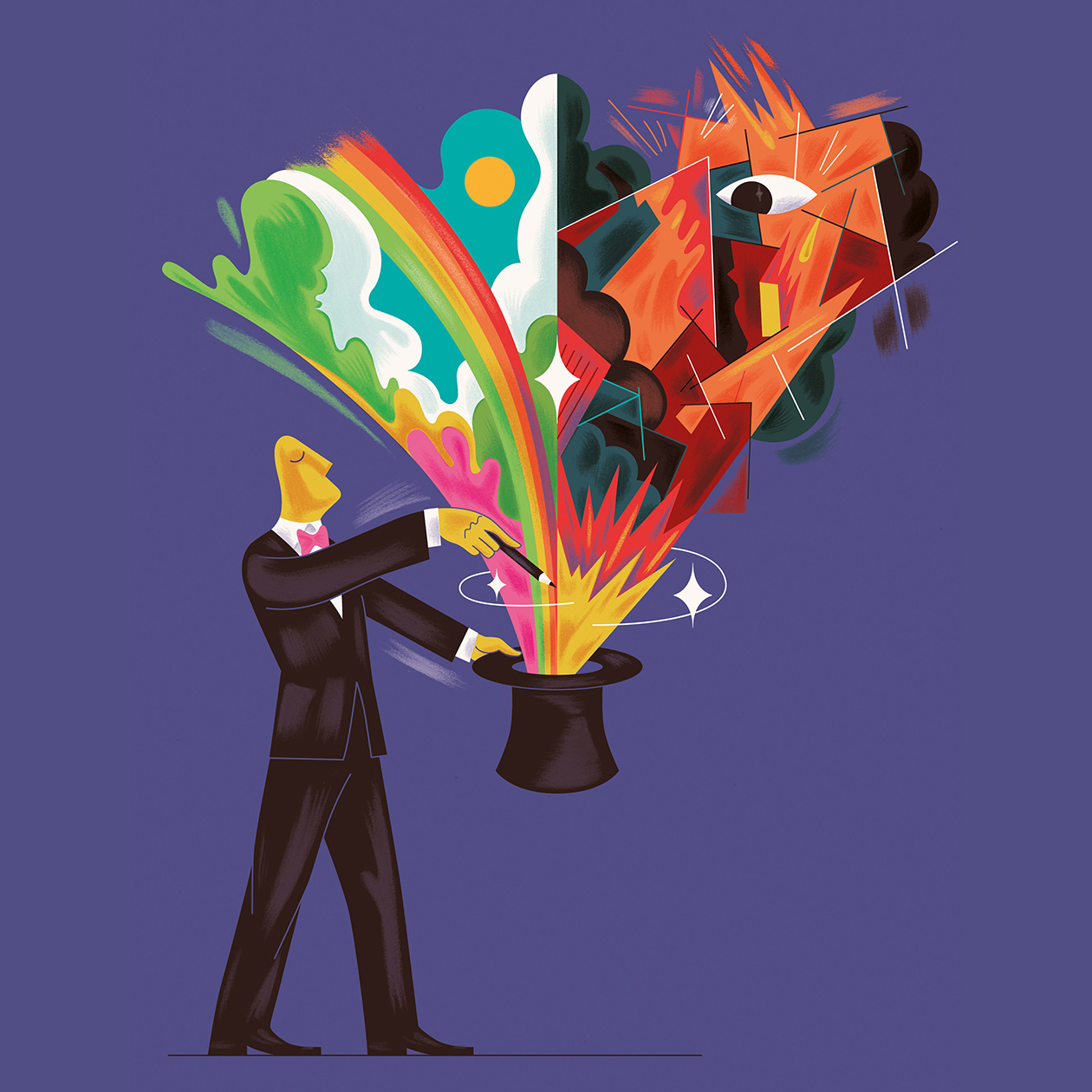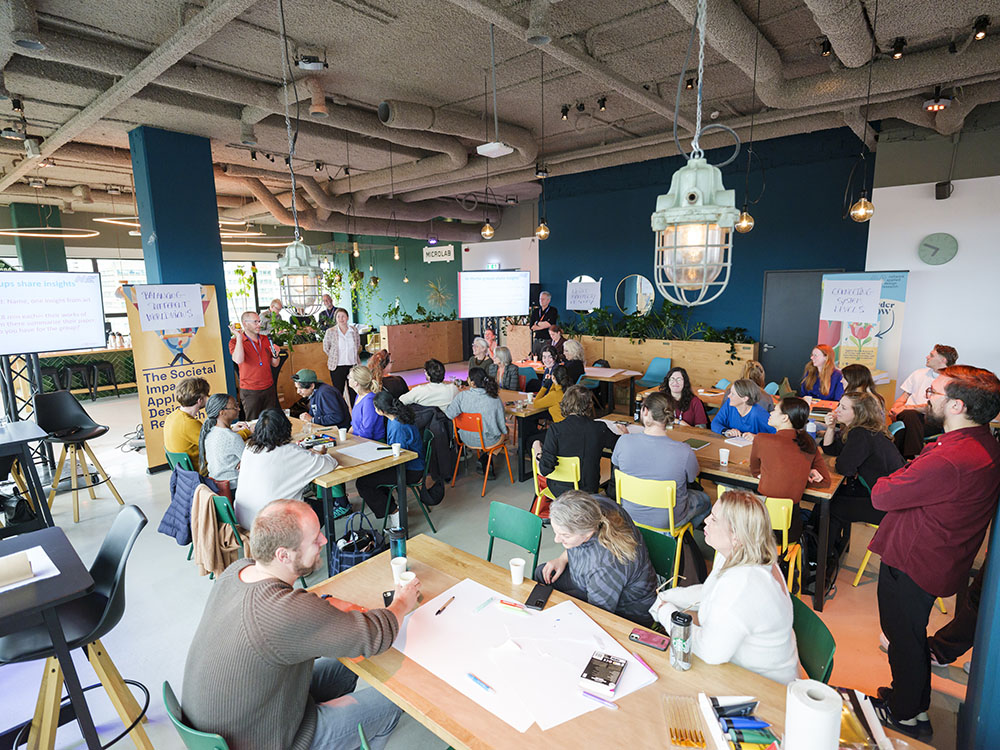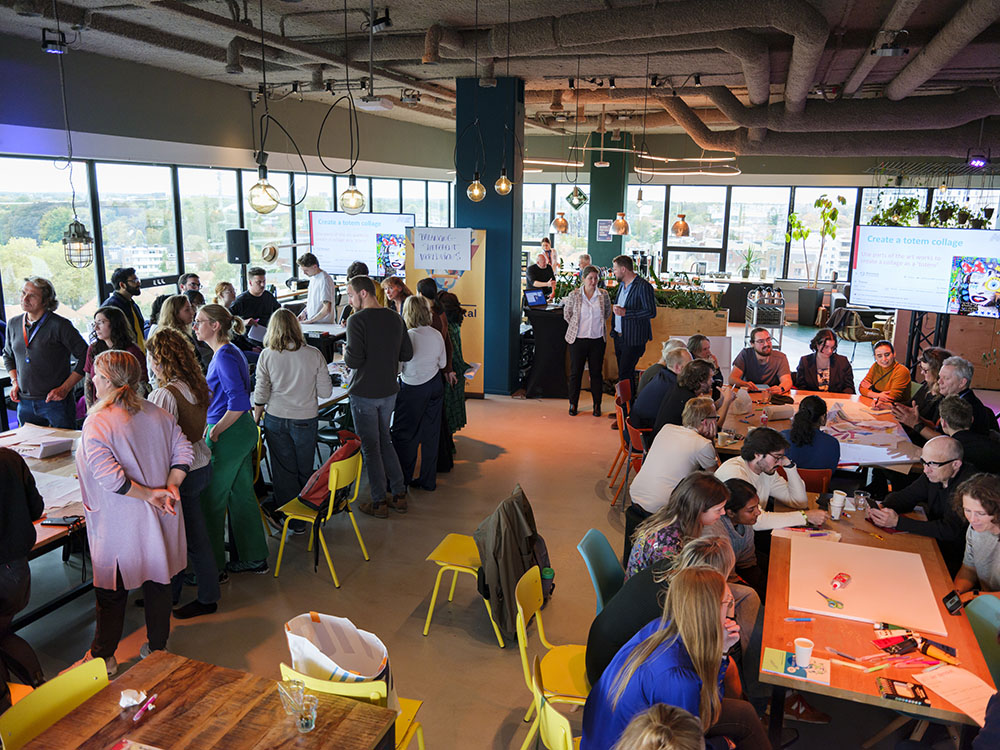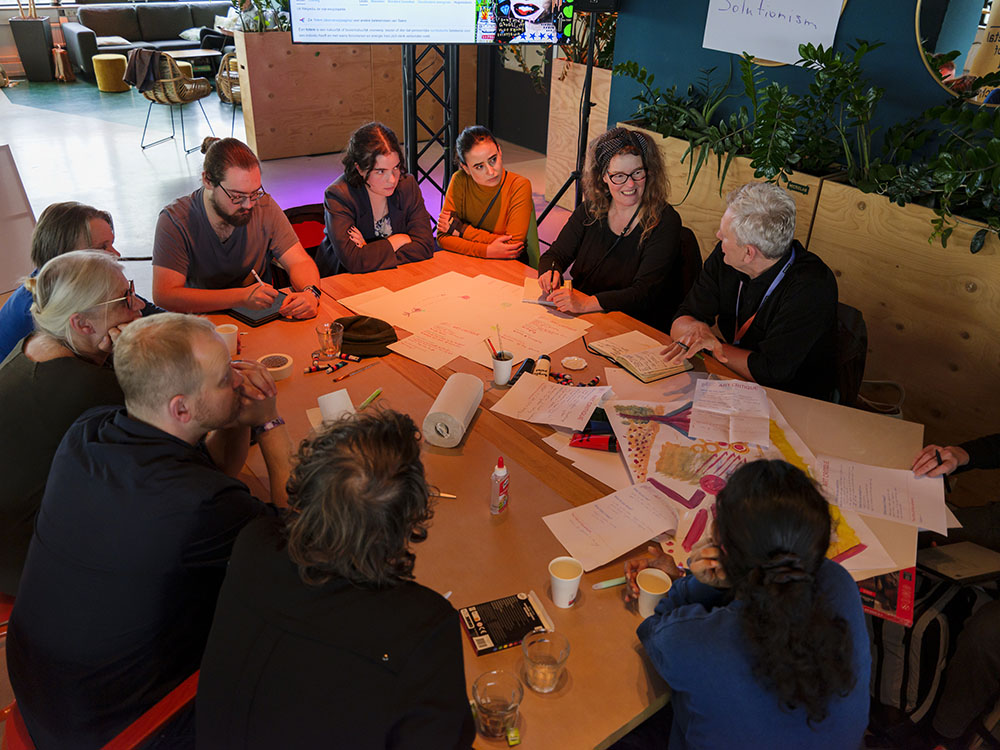
2025: Utopian or Dystopian Digital Futures?
Rethinking Applied Design Research
Call for contributions
The world is changing faster and technology is becoming increasingly smarter and more intelligent. At this moment, Artificial Intelligence is the hot topic of discussion. Tomorrow, it might be Quantum Computing, Synthetic Data, or Organoid Intelligence. Will this lead to a Utopian or a Dystopian digital future? Where these challenging topics are each discussed in-depth within their own specialised scientific and professional communities, NADR seeks to address how these developments influence the work of the designer, the design process, and the applied design researcher. For this call, we are not looking for quick answers. Instead, we are seeking the right questions. For instance:
- What challenges do designers face regarding the use of AI and other rapidly emerging digital developments?
- What does AI mean for the profession of designers and design researchers?
- What are the opportunities – and threats – of AI for designers?
- What is the value of creativity when anyone can generate 1,000 ideas with the press of a button?
- How can AI support, rather than replace, human creativity in design?
- What is the unique added value of designers when computers can do everything faster, better, and more efficiently?
Based on a collective working session in April 2025, we elaborated on these questions, with below results:
Subject
- Essentials in the evolving relation between Applied Design Research and Artificial Intelligence – approaches, practices, tools
- Artificial Intelligence, on one hand, offers countless possibilities for design, from pattern discovery over automation of tasks and generation of creative content to hyper-personalization and autonomous agency of inanimate objects. On the other hand, Artificial Intelligence requires to be designed and critically used by both design practitioners and researchers – human-centrically, ethically, ecologically, iteratively and systemically.
- What are at this point in time the essential questions emerging from the interaction of design and AI? Can AI be human-centred? Can AI be meaningful in co-design and what are trade-offs?
- What are the potential negative societal and cultural implications of the interaction of design and AI, and how could they be prevented? Which reframing and experiments may help with that?
Tone and treatment
- The contribution should be informative and represent an in depth theoretical or empirical engagement with the subject. The information should be well supported by facts and elaborated in figures as appropriate.
- We would prefer you to use simple business-like UK English, with short sentences.
- Please avoid any overt marketing of your brand or organization. If at all, these should be mentioned as examples of a point you are making, e.g. illustrating it in the form of case studies.
- Please add a paragraph detailing the contributions by design researchers (mandatory), design practitioners (mandatory), and AI-tools (if used) at the end of your contribution.
Suggestions for approaching your contribution:
- Exploration (e.g. what is creativity anyway?) — Abduction (what could AI be?) — Niche AI (how to move beyond mediocracy/sameness?) — Trade-offs (how to keep identity? how to apply AI in a sustainable, meaningful and ethical way?)
- What can design/designers see, want, need, fear, hope in/from/of AI?
- Role of AI (skills extension, quality control, efficiency, assistance, partner, analyst, decision maker, helper with complexity) vs. role of the designer (executing control, meriting trust, adding value(s), holding pride, authenticity).
- Or: Take an autoethnographic stance: using systematic self-reflection on personal experiences to understand and describe the evolving relation between Applied Design Research and Artificial Intelligence
Target audience:
This initiative is meant for designers and applied design-researchers interested in a collective knowledge development process.



Timeline
Timeline
- Submission of inspirational memo's (max. 300 words): 1 March 2025 (COMPLETED)
- Working session and collective interpretation of the theme: 2 April 2025 (COMPLETED)
- Submission of full contributions (2500 - max. 3000 words): 1 October 2025. This submission is open for new contributions.
Please submit your full reflection through Easychair.
- Preecedings with contributions will be send to authors to prepare for work conference: 14 October 2025. Only submissions that follow and meet the requirements described in the Word template (download here: NADR-2025-Template) will be included in the proceedings.
- Presentation and collective feedback at NADR@DDW Event: Monday 20 October 2025 (13.00-17.00) in Eindhoven (participation of minimum 1 author per contribution required)
- Formally, the NADR 2025 knowledge cycle ends after the event. However, in recent years, a scientific book publication has followed, based on selected contributions. Whether this is possible again depends on factors such as content quality, publisher acceptance, and funding for Open Access. If feasible, a selection of contributions will be made by 30 December 2025, with feedback for revisions. Final development depends on the publisher’s timeline, which may take up to a year. Previous publications can be found here: https://nadr.nl/publicaties/